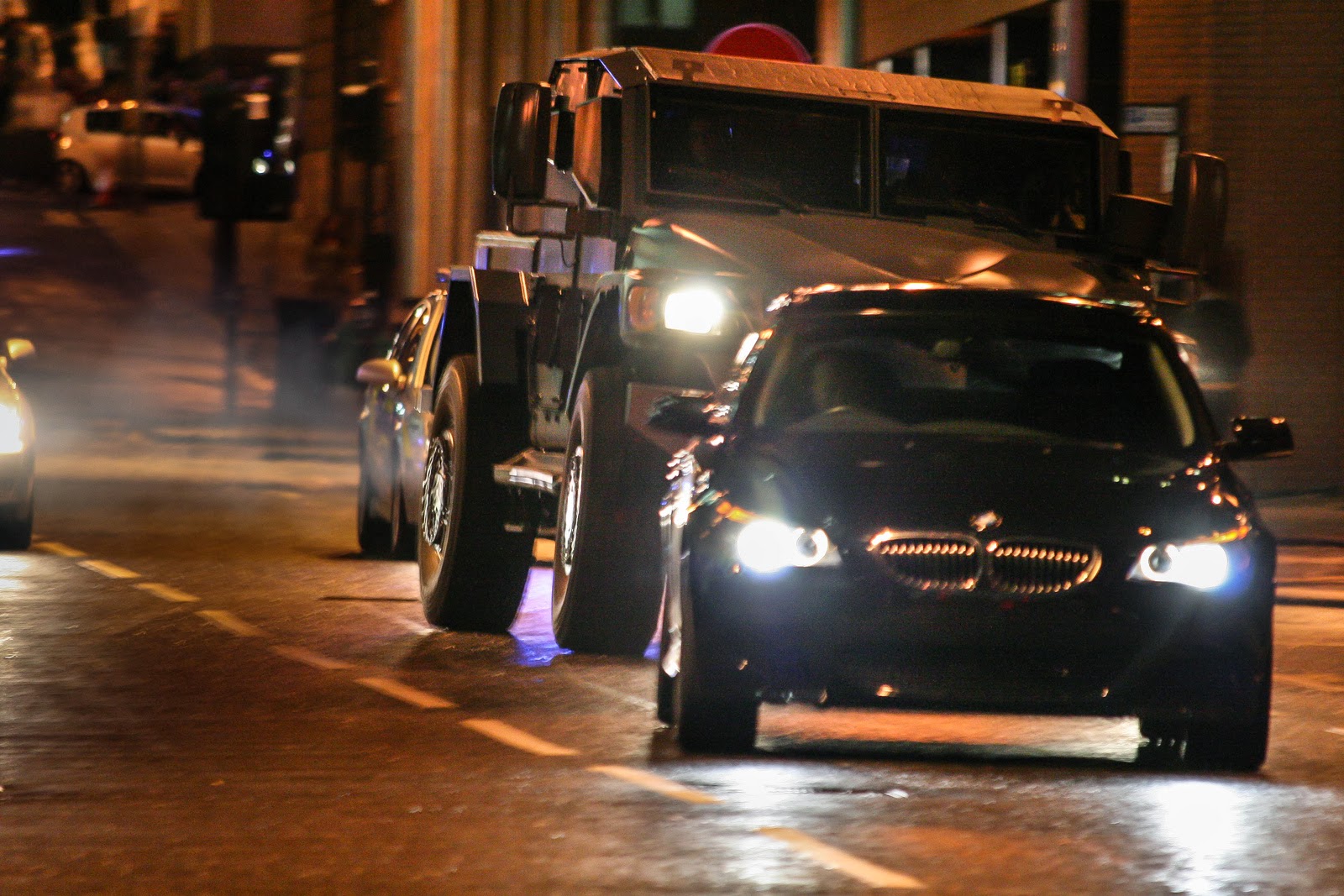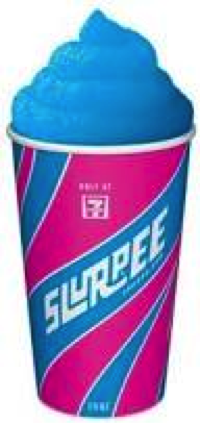The movie Fast and Furious 6 is definitely my favorite of all Justin Lin’s
productions. It is one of the most exiting action movies and it is stared by
both Paul Walker and Vin Diesel. Most of the time some kind of advertising is
incorporated into high quality movies and series. It is more than obvious that
the producers integrated sponsorships in specific scenes of the movie. In a
movie, advertising can function as an asset in enhancing the rhetorical
devices. It is convenient for both the producers and the brands being
advertised. I will analyze some key advertising scenes within the movie, which
help to uphold the brand and enhance the scene.
The
first scene that I’m going to analyze is stared by Dwayne Johnson, worldwide
known for his action movies and his time in the WWE. The scene takes place in Europe where helicopters,
police officers and militaries are investigating a terrorist attack. Dwayne
arrives in his military truck and walks around wearing military pants and an
Under Armour black t-shirt. After talking to a couple of people, he goes to the
Interpol headquarters where the only suspect is under arrest. The suspect
refused to cooperate so Dwayne tortures him, punching and pushing him all around
the room. It was amazing how Dwayne demonstrated strength and authority in this
scene; I was really excited when I saw it. The scene was perfect for Under
Armour because their advertising is always related to strength and performance.
The brand also helps to boost the argument of the scene and augment
credibility. Another advertisement that caught my attention was the car chase
with the BMWs. Dwayne, Vin Diesel and his team were all driving 5 series while
chasing Owen Shaw. However the outcome was different because all the cars were
taken down and Shaw escaped in a faster car. Even though famous actors drove
the cars, the outcome was negative, affecting the brand. I felt disappointed
with the whole scene specially because I like BMW and the cars looked weak at
the eyes of the public. The last scene I will analyze advertises Corona. At the
end of the movie the whole team enjoys a barbeque and some drinks. As J. Smith
said in his article “First, they say,
brand-name products and logos realistically reflect the landscape of everyday
American life” Smith 2).
The scene represents the American tradition of an outdoors barbeque and positions
corona as an American accepted beer. Corona is worldwide known for being fresh and always
being constant with their quality. This scene effectively helped Coronas
popularity in the American market.
Product advertisement on movies has
changed in time. J. Smith said, “Product placements during the past decade have
gone from a mostly bartered and low-key
public relations vehicle into
what increasingly are straight cash-for-exposure transactions, which some say generate as much as $ 25
million a year” (Smith 3). It is extremely convenient for companies to use
movies as a branding tool. Even though some people disagree with some of the
products chosen, it generates a lot of money. Both Under Armour and Corona successfully
represented their argument, however BMW had a negative outcome. If a product is
used in the wrong scene, it can have negative effects on the Brand. Therefore,
I rate this film 4 out of five Slurpiee’s and I highly recommend it.






















